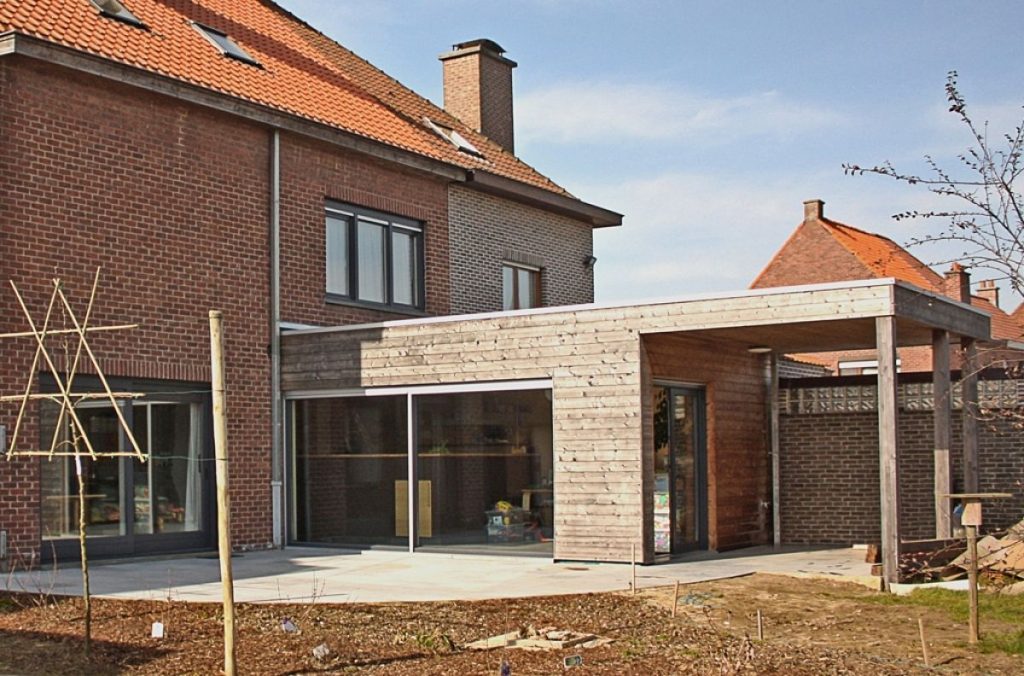Typically, a brick wall is a vertical structural element made of bricks and mortar and used to form the exterior walls of buildings, parapets, internal partitions, free-standing walls, retaining walls, and so on.
The first walls were made of mud bricks held together by a slurry of slurry, some of which proved to be surprisingly resilient. A modern brick wall is usually made of bricks of clay, concrete or calcium silicate. The most common brick size is 215 mm (L) x 102.5 mm (W) x 65 mm (H). Bricks are bonded together by a cement or lime mortar, usually 10 mm thick for the horizontal (bedding) joints and 10 mm wide for the vertical (perpendicular) joints.

Brick walls can be straight, curved, zigzagging, etc. in plan form and usually vary in thickness from 102.5 mm and more. Brick walls can also be slanted, but usually require some form of support to achieve this, for example from steelwork or a concrete back.
Typically, a brick wall is a vertical structural element made of bricks and mortar and used to form the exterior walls of buildings, parapets, internal partitions, free-standing walls, retaining walls, and so on.
The first walls were made of mud bricks held together by a slurry of slurry, some of which proved to be surprisingly resilient. A modern brick wall is usually made of bricks of clay, concrete or calcium silicate. The most common brick size is 215 mm (L) x 102.5 mm (W) x 65 mm (H). Bricks are bonded together by a cement or lime mortar, usually 10 mm thick for the horizontal (bedding) joints and 10 mm wide for the vertical (perpendicular) joints.
Brick walls can be straight, curved, zigzagging, etc. in plan form and usually vary in thickness from 102.5 mm and more. Brick walls can also be slanted, but usually require some form of support to achieve this, for example from steelwork or a concrete back.

In the modern construction, brick walls (sometimes referred to as masonry) are usually used for housing as the external part of cavity wall construction in which they are attached to an inner masonry worktop that can also be brick, but is more often block work. The cavity often contains insulation to reduce the thermal transmission through the wall. For more information, see: cavity wall.
Victorian brick walls, on the other hand, were mainly solid brickwork, that is, one brick thick (9 inch or 275 mm) or one and a half brick thick (13 inch or 330 mm). In some cases, however, they may be thicker depending on the application.

0 Comments
Leave A Comment